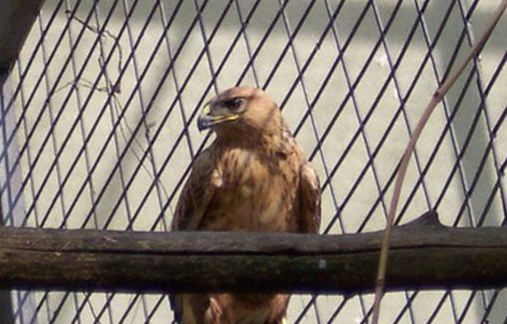How To Tame a Wild Bird – Most of the most beloved birds in the United States are bought as hand-fed babies, which usually have little or even no fear of people, not even harass humans. If you, however, buy or adopt a wild bird, it will likely have confidence or aggression issues first with people. Before you have a bird, know that birds need constant attention and your instinct is to bite and chew everything. Taming a wild bird takes time and patience, but it is possible. The result is a clever, dedicated bird that can be handled and appreciated.

How To Tame a Wild Bird
- Set aside time each day to train. It can be any time of the day or night, but reserve 30 minutes a day to relate to your pet. Stick to the daily training schedule.
- Keep the cage where there is a lot of family activity. The bird must get used to the noises and smells of the family. Consider it a part of his life.
- Cut the end of the flight feathers. In a wild bird, it is usually wise to ask a professional to cut them and show them how to do this. Cutting the wings of a bird does not hurt the bird. The bird will still be able to land gracefully but will not be able to get the “boost” needed to fly.
- Make your bird get accustomed to a hand perch. While the bird is in the cage or at the top of its cage, gently prick the perch on its belly, below the legs. He must perch. Reward the bird with a treat.
- For a week, try not to touch the bird. Just talk calmly as long as the bird is on the perch. When it is time for training, place the bird back in the cage and give another treat.
- After a week of training on the perch, try moving the bird from one perch to another. To do so, approach the other perch by the lower part of the bird’s belly. Always reward the bird with food.
- Gradually replace the perch by your finger (if it is a small bird) or hand (for a larger bird). Remember to reward the bird with a treat.
- Gradually touch the bird on the head from behind. At that moment the bird must already be accustomed to you and will allow some caresses. Do not approach the bird in the front, as this may frighten you. Gently move to the cheek area and gently touch. Reward it with a treat.
Tips & Warnings
- Do not recoil if the bird “snaps” your hand. Birds have no hands and use their beaks to hold and handle things.
If the bird bites strongly or is aggressive, never be angry. Just put the bird back in the cage and try again the next day. - Birds are incredibly intelligent and loving creatures with the temperament of a three-year-old child.
- Bird beak are powerful and can hurt you or small children. When taming a pet bird, do not be afraid, but be aware that a bite can easily open cuts. Do not make sudden movements and never get angry, scream or beat the bird.
- Never try to tame a bird of prey alone.
- If you find an injured bird or orphan, call the local wildlife service center for instructions on how to handle the situation. Once a bird is tamed, it can not return to the wild.
